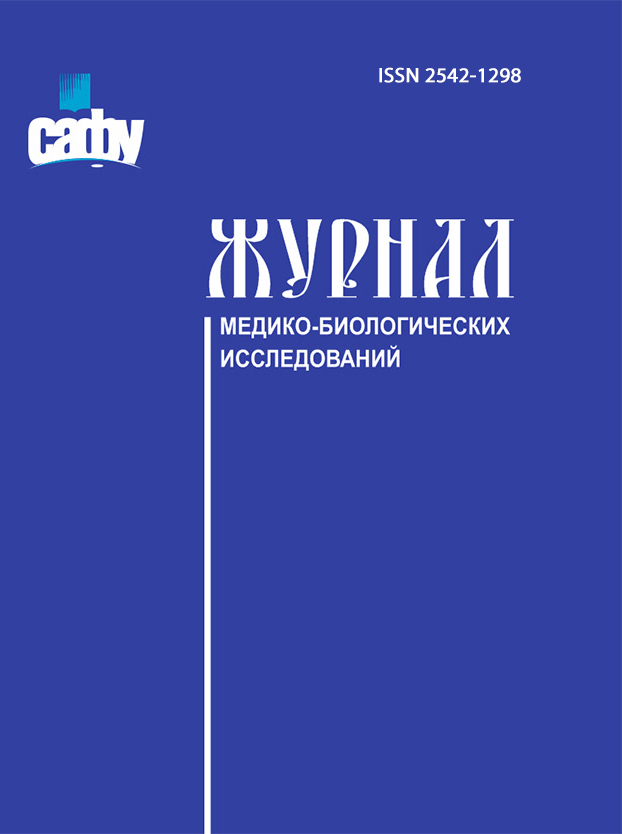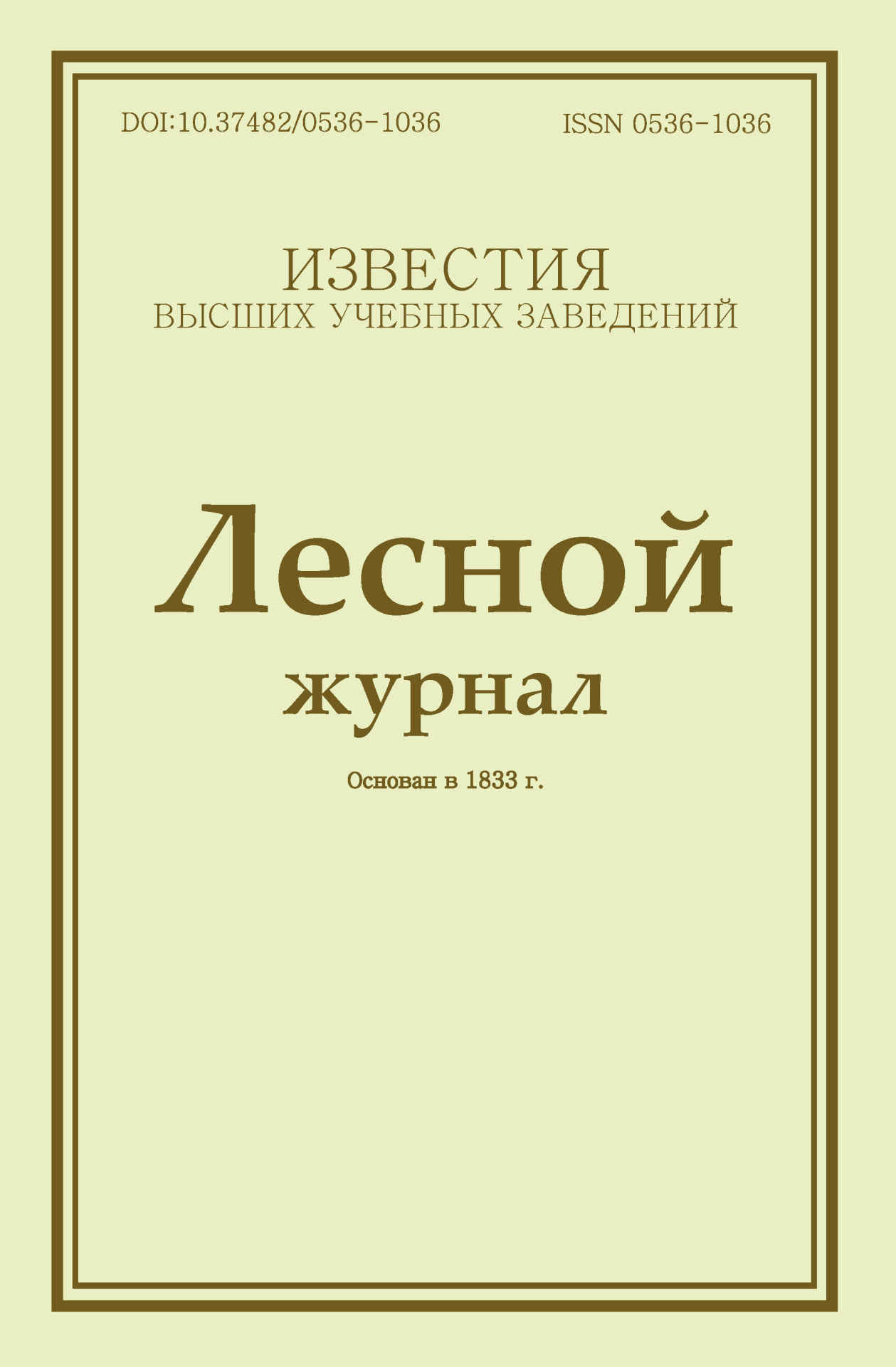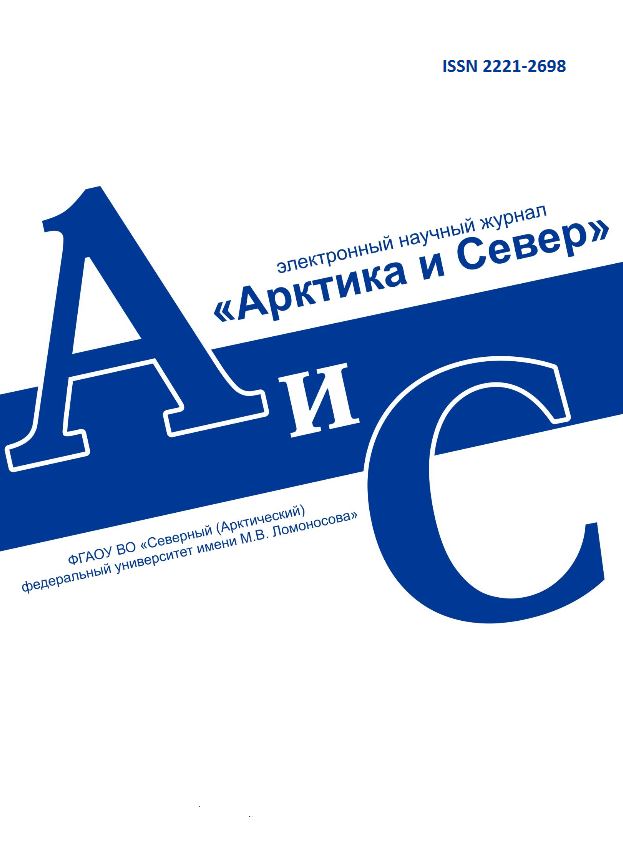
Vestnik of Northern (Arctic) Federal University.
Series "Humanitarian and Social Sciences"
ISSN 2227-6564 e-ISSN 2687-1505 DOI:10.37482/2687-1505
Legal and postal addresses of the founder and publisher: Northern (Arctic) Federal University named after M.V. Lomonosov, Naberezhnaya Severnoy Dviny, 17, Arkhangelsk, 163002, Russian Federation Editorial office address: Vestnik of Northern (Arctic) Federal University. Series "Humanitarian and Social Sciences", 56 ul. Uritskogo, Arkhangelsk
Phone: (8182) 21-61-20, ext. 18-20 ABOUT JOURNAL |
Section: Linguistics Download (pdf, 0.4MB )UDC[811.134.2+811.161.1]:81ʼ42DOI10.37482/2687-1505-V437AuthorsRoman V. TrofimovPostgraduate Student, Department of General and Comparative Linguistics, Moscow State Linguistic University (address: ul. Ostozhenka 38, Moscow, 119034, Russia). e-mail: mail@romantrofimov.ru, ORCID: https://orcid.org/0009-0003-8206-7005 AbstractSince 2022, there has been an active integration of artificial intelligence into all areas of human activity. This phenomenon, on the one hand, has facilitated the simplification of many tasks; on the other hand, however, humanity is now faced with new challenges. The use of generative neural networks for instant creation of texts and media content increases the risks of spreading false information and exacerbates problems with the verification of presented data. This paper aims to examine the process of creating fake news in the media space. The research is focused on the linguistic mechanisms for generating fakes using artificial intelligence (AI). The material for the study consists of texts created by neural networks in Russian and Spanish. The research methods include an experiment involving fake news production using AI, as well as discourse analysis, contextual analysis, and comparative analysis of the generated texts. The results of the study demonstrate that producing false information about a person is possible for any generative model that only considers keywords. To create a news event, networks utilize generally known information of different years, thereby violating the principle of chronotope. In the “news” text, networks employ mechanisms of invoking authority and anonymous scientific studies, as well as use scientific terminology, making the information appear plausible. Russian neural networks Shedevrum and GigaChat place their own limitations, for instance, on creating fake content about political figures, both Russian and foreign. ChatGPT has an Us vs Them recognition system, meaning that the training program of OpenAI’s generative neural network incorporates a subjective assessment of sensitive political topics shared by most countries of the collective West.Keywordsfake, fake news, generated news, “hallucination”, artificial intelligence, neural networksReferences
|
Make a Submission
INDEXED IN:
|
Продолжая просмотр сайта, я соглашаюсь с использованием файлов cookie владельцем сайта в соответствии с Политикой в отношении файлов cookie, в том числе на передачу данных, указанных в Политике, третьим лицам (статистическим службам сети Интернет).






